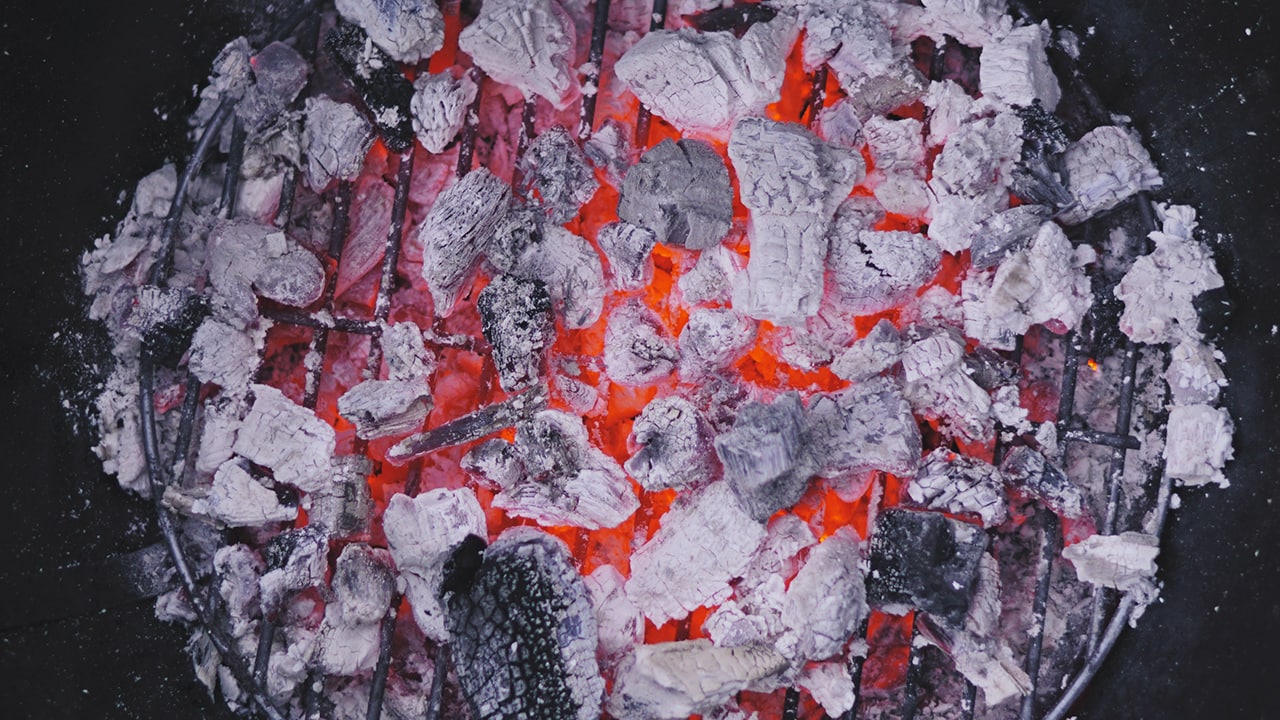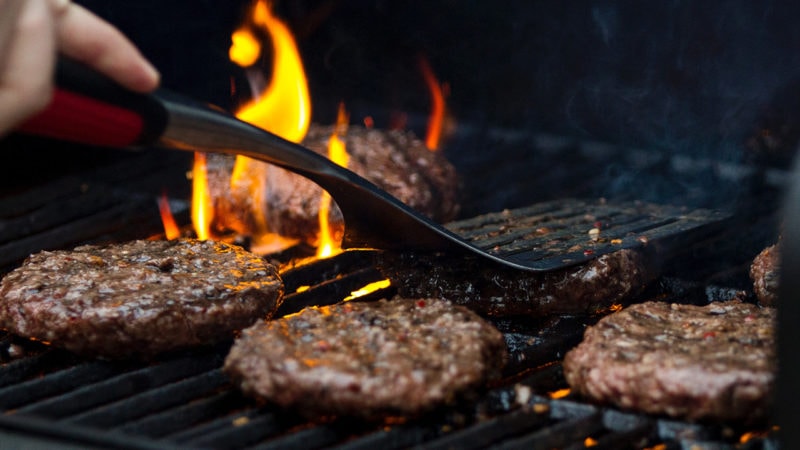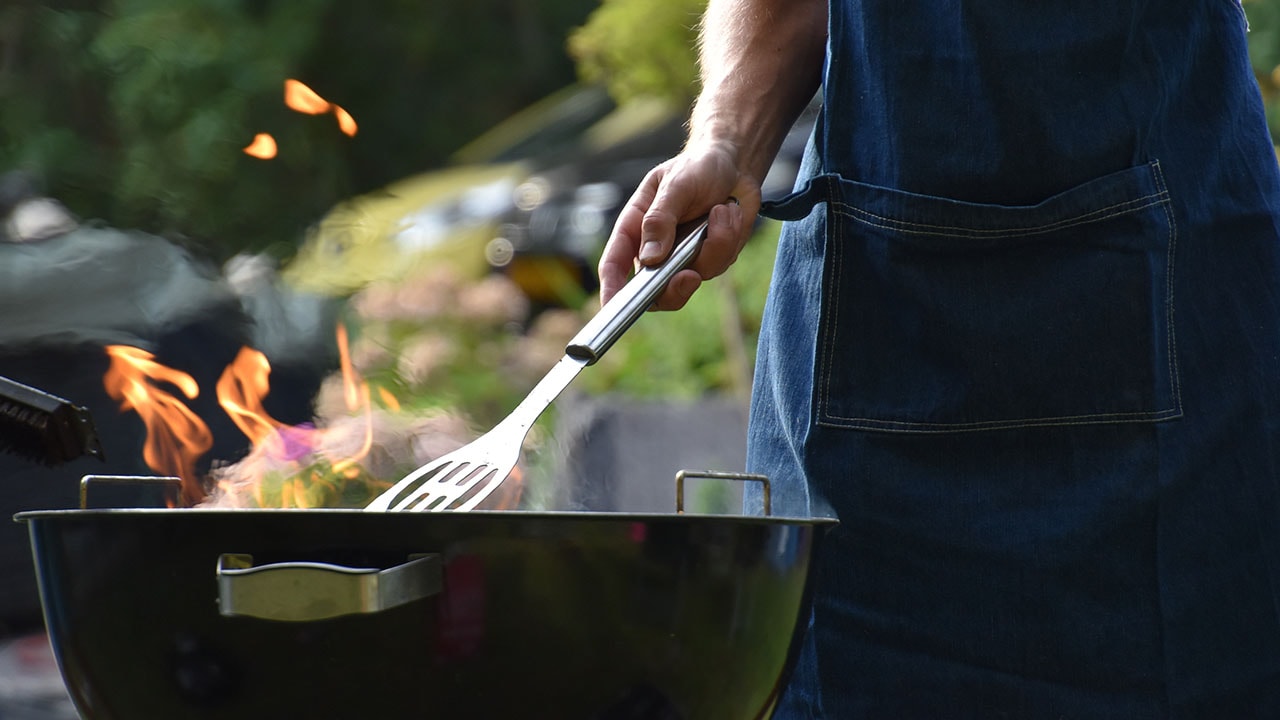Last Updated on January 29, 2024
It seems easy enough: Light grill, throw meat on, flip it, then eat. But, as with most forms of cooking, there are nuances to grilling. And there are a few common grilling mistakes that rookies– and even experienced grillers–often make.
Before you light the grill, read on to see what can go wrong, and how to make sure it doesn’t.
Mistake 1: Not Heating the Grill Enough
Just as you want a hot pan when searing a steak, you need a hot grill for best results. This takes some patience, which many of us don’t have when we’re hungry for a juicy steak, burger, ribs, or whatever you’re grilling. But throwing meat on a grill that isn’t hot enough can cause the meat to dry out, because it needs longer to cook, or to get overly charred. Burgers also can end up mangled. Heat the grill to 500ºF to start.
The how-tos for heating gas grills vs. charcoal are different, so here’s a guide for each.
Gas grill tips
- Be sure the grill is situated far enough from the house, or anything else that could catch fire or melt.
- Check the gas tank to be sure you have sufficient fuel.
- Make sure the grill cover is open when lighting.
- Only light one burner to start, then light any others.
- Once you hear the grill turn on, wait a few seconds, then place your hand a few inches over the grill to be sure it’s warming up. If it is, close the lid and wait 10 to 15 minutes for it to heat up.
Charcoal grill tips
- Choose the right charcoal. There are two kinds, briquettes (what you’re likely used to using) and hardwood lump. Which kind is best for the job depends on what you’re cooking.
- Decide on chimney vs. lighter fluid. Here’s a guide to each and step-by-step instructions for how to light the grill for both.
- Create two temperature zones: One hot area to sear and cook directly, and the other to cook longer via indirect heat.
- Wait for the charcoal to be fully gray before cooking.
A good rule of thumb is that, if you can keep your hand a few inches above the grill for a few seconds, it’s not ready yet.
Mistake 2: Cooking Meat to the Wrong Temperature
Getting the perfect grilled steak, chicken or burgers is all about ensuring even cooking, and getting it off the grill before it’s overcooked.
- Take meat out of the fridge and let it stand until it reaches room temperature. (Note: This is for red meat and pork; poultry and fish should stay in the fridge until it’s time to cook. Also, you can grill frozen meat, but it will take longer.)
- Keep the lid open for searing and for quick-cooking items like fish, pre-cooked sausages or hot dogs. Close the lid after searing if moving the meat to indirect heat to continue cooking. But stay close to the grill and keep your attention on it.
- Use a meat thermometer. An instant-read thermometer is a must-have for grilling (and really, all cooking). For smaller cuts of meat, take it off the grill when it’s within 5 degrees of the final temperature. For larger cuts, give it 10 to 15 degrees. As the meat rests, it will continue to cook and the temperature will rise slightly.
Mistake 3: Causing (or Not Preventing) Flare-Ups
Grill flare-ups may look cool, but they’re not good for cooking quality food. A flare-up is a quick way to overcook or char your food. They’re often caused by excess oil from marinades or fat dripping off the food, and they’re usually avoidable.
- Instead of oiling your food, soak a rag in high-heat oil and run it over the grill before adding the food.
- If you do have a flare-up, move the food to another part of the grill as quickly as possible to avoid overcooking or charring.
- Don’t press down on meat to try to get it to cook faster. This can cause a flare-up, and you’re pushing the natural juices in the meat out, so it’s more likely to dry out.
Hungry for more? Read next: How to Make the Best Spice Rubs for Grilling
Dennis Keohane is a writer, editor, and former Editorial Director for ButcherBox with a passion for storytelling and food. Combining his love for high-quality ingredients with engaging narratives, he crafts content that inspires home cooks to explore new flavors, techniques, and the joy of cooking.




